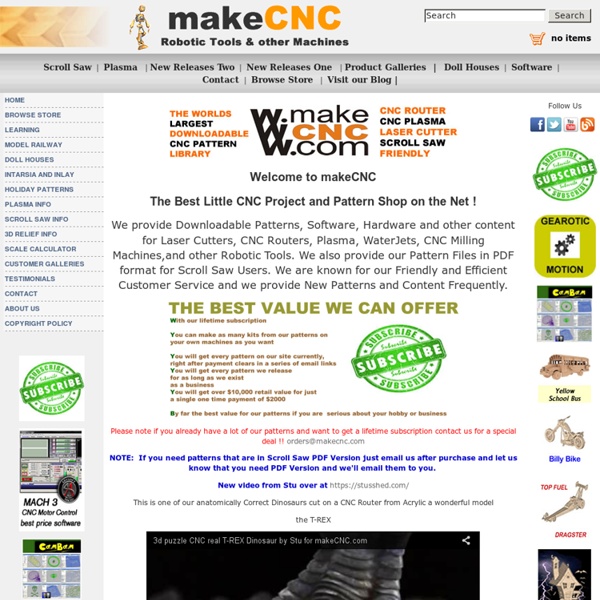



100 Amazing How-To Sites to Teach Yourself Anything | Rated Colleges Posted by Site Administrator in Online Learning May 7th, 2009 Learning new skills and expanding your knowledge doesn’t have to cost you an arm and a leg. There are loads of free resources on the Web that can help you find instructional videos, tutorials and classes to learn a wide variety of skills from fixing basic car problems to speaking another language. With 100 sites to choose from, you’re bound to find something here that will help you learn just about anything you could want. General Tutorials These sites offer a wide range of tutorials and videos. Around the House Want to know how to fix that broken cabinet or hang up some great wallpaper? Business and Management If you feel like you’re seriously lacking on business and management skills at work, no need to worry. KnowThis? Language and Writing Those who want to learn a new language, improve their writing skills or just learn more about literature will be well-served by these instructional sites. Technology Math S.O.S. Science Creativity
OpenBuilds Part Store DIYLILCNC 31 How to Sites Must Check Home » How to » 31 Best How To Sites To Learn Everything You Need To Know In Internet you can find lots of site which helps you to learn lots of thing that we use in our daily life. But the question is where to find it and and how to learn lots of thing and guides free. In our daily life we are doing lots of thing such as using computer, learning web design and more and more. If you’re looking for information on How to repair a hard drive, How to Clean PC, How to Design Website, how to use web services, how to make videosor any other questions, you’ll find it in my picks for the best how to sites on the Web. These are some of the best How to websites which will really help you a lot. How To Sites To Learn New Skills 1. CNET Online Courses Free online how to classes and tutorials on everything from car technology to digital photography or Tips and tricks. 2. eHow eHow 3. wikiHow WikiHow 4. Instructables 5. How Stuff Works
3D printing: a replicator and teleporter in every home In a few years, 3D printers will become a consumer electronics commodity. Today you can buy a MakerBot Thing-O-Matic, “the latest in cutting edge personal manufacturing technology,” for $2,500. You can plug it into your computer via USB, load up some freely-available 3D modeling software, and print stuff; it really is that simple. Both of these costs will tumble in coming years, however. In other words, in a few short years, every household will have a device that’s capable of printing any solid object, and even basic mechanical objects. The next step will be 3D printers that come pre-loaded with popular designs. With our current grasp of additive manufacturing, we could do these things now. Now imagine the possibilities of 3D printing if you combined it with other technologies. Which brings us onto the topic of replication and teleportation. But what about living things? And at this point, the conversation can either go one of two ways.
How to Make a Three Axis CNC Machine (Cheaply and Easily) A salute to those who have laboured through to this point (and to demonstrate that it is reproducable) Here are some pictures of other peoples machines. Photo 1 - Chris and his friend put together this unit; laser cutting the parts out of half inch acrylic. Not only does it look super it must weigh a ton. But kudos, anyone who's worked with acrylic knows laser cutting it is great but it is a very very unfriendly material to drill and there is a lot of side drilling in this design. Photo 2 - Sam McCaskill has finished his desktop CNC machine and it's looking really really nice. Photo 3 - Angry Monk's - With MDF pieces cut on a laser cutter and drive converted from toothed belts to threaded rod Photo 4 - Bret Golab's - Bret has completed his and gone through the extra step of getting it setup to work with Linux CNC (a task I attempted and was foiled by complexity). (If you have built one and would like it featured here, please send me a PM and we can arrange for the sending of photos)
Wonder How To » Show & Tell for Creators & Doers Tech Biz Chinese Scientists Are 3D Printing Ears and Livers – With Living Tissue Specially modified 3D printers use live cells that could theoretically be transplanted. Researchers in China have been able to successfully print human organs using specialized 3D printers that use living cells instead of plastic. Researchers at Hangzhou Dianzi University actually went as far as inventing their own 3D printer for the complex task, dubbed the “Regenovo.” “Xu Mingen, Regenovo's developer, said that it takes the printer under an hour to produce either a mini liver sample or a four to five inch ear cartilage sample. Xu also predicted that fully functional printed organs may be possible within the next ten to twenty years,” stated 3D Printer World. According to Xu, the Regenovo can print in a sterilized environment with temperatures ranging between 23 and 500 degrees Fahrenheit. Xu admits that the science fiction-inspired body part printer is still in its infancy, with much fine-tuning needed to realize the Regenovo’s full potential. Here is a video of Dr.